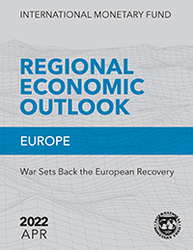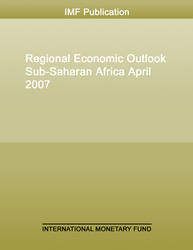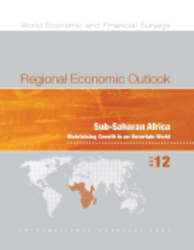
Regional Economic Outlook, Western Hemisphere, October 2024: Rebalancing Policies and Pressing on with Reforms
| English | |||
| Portuguese | |||
| Spanish |
Inflation , Labor , Economics- Macroeconomics , Public Finance , Growth , potential growth , medium-term growth , inflation , risks to growth , risks to inflation , labor markets , inflation expectations , fiscal slippages , fiscal consolidation , fiscal rules , policy mix , geopolitical tensions , harmful trade interventions , public debt , public investment , monetary policy , central banks , monetary easing , exchange rates , neutral rates , structural reforms , governance , rule of law , government effectiveness , crime , capital accumulation , international trade , labor force participation , climate change , green transformation , , IMF staff calculation , gender participation gap , central government debt , dynamics in Latin America , gender disparity , Labor force , Public sector , Caribbean , Central America , South America , Global , Europe



